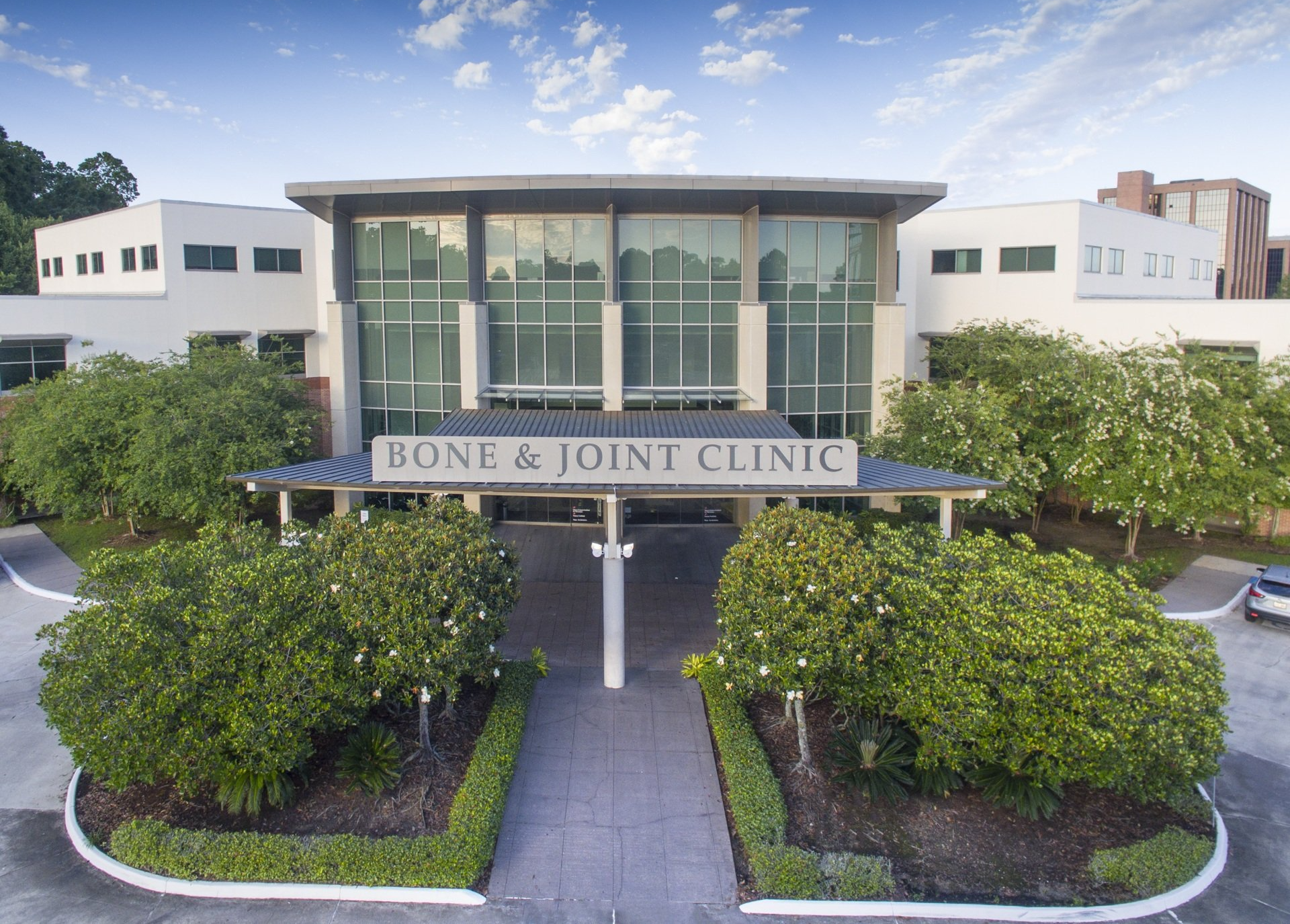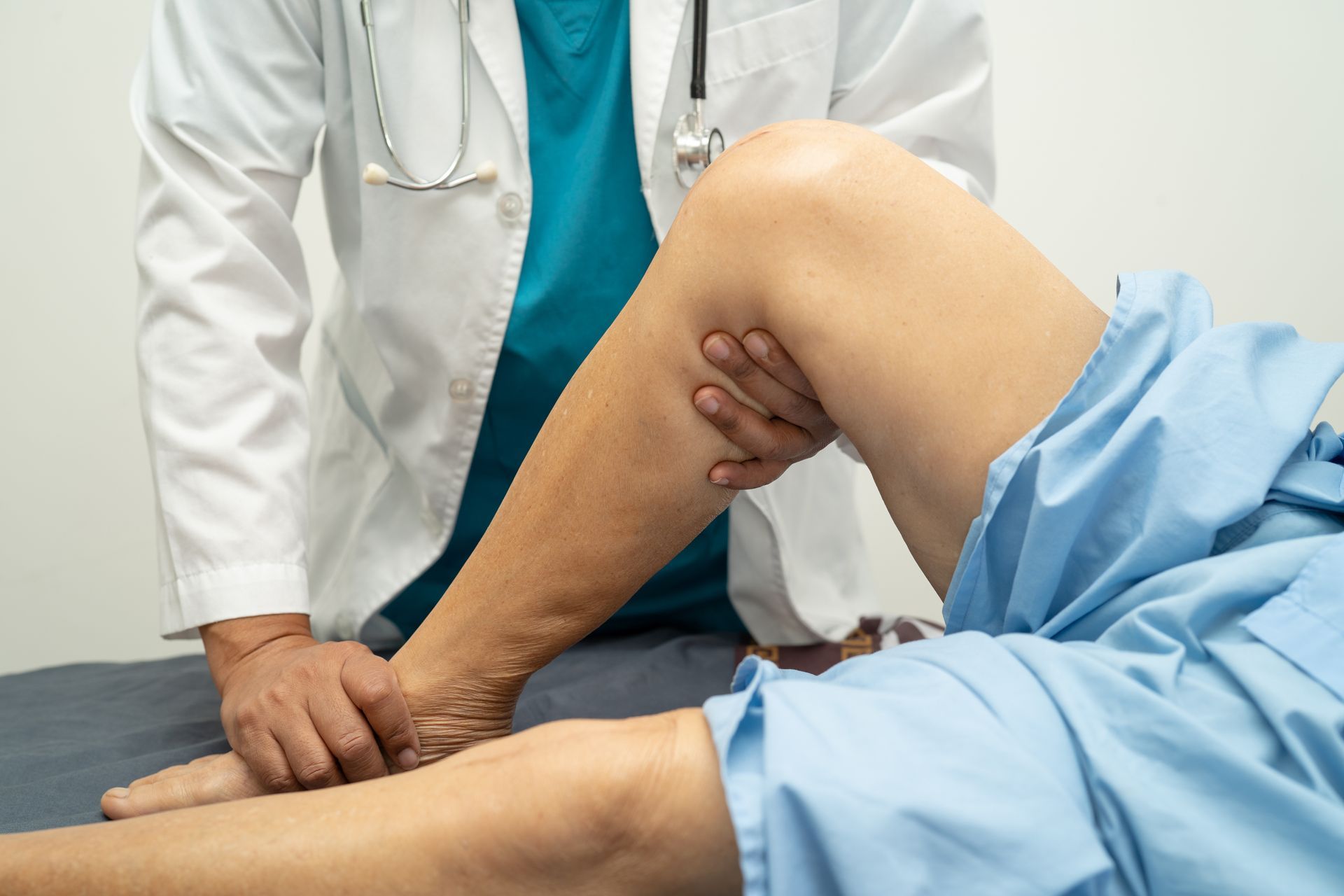Tennis elbow, or lateral epicondylitis, is a common orthopedic condition that causes pain and discomfort in the elbow and forearm. Any activity that involves repeated gripping, lifting, or twisting can lead to this form of tendinitis. Despite the name, tennis elbow affects more than just athletes, impacting anyone whose daily activities involve repetitive arm motions, such as carpenters, painters, or office workers. For active individuals, understanding this condition is key for early treatment and prevention, especially for those who enjoy outdoor sports or work in physical trades.
Meet our Sports Medicine Specialists
Causes of Tennis Elbow
Tennis elbow occurs when the tendons in your forearm become overloaded due to repetitive motion, leading to inflammation and small tears near the outside of the elbow. The repetitive stress on the tendons that attach to the lateral epicondyle (the bony bump on the outside of the elbow) can cause microtears, leading to pain, tenderness, and reduced strength in the affected arm. Over time, this strain weakens the tendons and results in chronic discomfort, particularly when lifting or gripping objects.
Some key risk factors for developing the condition include:
- Age: People between the ages of 30 and 50 are more prone to developing tennis elbow.
- Occupation: Jobs that require repetitive arm movements, such as painting, carpentry, or plumbing, increase the likelihood of tendon strain.
- Sports: While tennis is a well-known culprit, other activities like golf, weightlifting, and even gardening can lead to tennis elbow.
- Body Mechanics: Using improper techniques when playing sports, gripping tools incorrectly, or even engaging in strenuous repetitive activities without proper conditioning can contribute to developing the condition.
What Are the Symptoms of Tennis Elbow?
The most common symptoms of tennis elbow are pain and tenderness on the outside of the elbow. The pain may cause a sharp or burning sensation that feels like it radiates from your elbow down to your hand. Other symptoms include:
- Weakness in the forearm, making it difficult to grip objects.
- Pain that worsens with specific activities, like shaking hands or lifting objects.
- Stiffness or discomfort, especially in the morning or after periods of inactivity.
Diagnosis and Treatment of Tennis Elbow
Diagnosing tennis elbow typically involves a physical exam, where a doctor will assess the range of motion, tenderness, and strength in the affected arm. In some cases, imaging tests like X-rays or MRIs may be recommended to rule out other conditions, such as arthritis or UCL tears.
Treating tennis elbow depends on the severity of the condition. Many cases can be managed with non-invasive treatments:
- At-home care: Rest, applying ice to the elbow, and taking anti-inflammatory medications can reduce pain and inflammation. Using braces or straps may also help alleviate symptoms by supporting the tendons.
- Physical therapy: A physical therapist can guide you through exercises to strengthen your forearm muscles, improve flexibility, and prevent further strain.
- Medical interventions: If symptoms persist, treatments such as corticosteroid injections, shockwave therapy, or platelet-rich plasma (PRP) injections can be considered.
- Surgical options: In rare cases where non-surgical treatments are ineffective, surgery to repair damaged tissue or release tension on the tendons may be necessary.
Ways to Prevent Tennis Elbow
Preventing tennis elbow often involves making minor changes to your daily routine. Stretching and strengthening exercises for the forearm muscles can help reduce strain on the tendons. Additionally, adjusting your technique—whether it's how you lift objects or your form while playing sports—can make a big difference. Athletes should also use appropriate equipment, such as properly sized tennis rackets or golf clubs, to reduce stress on the elbow.
In the workplace, ergonomic adjustments can help minimize repetitive motions and overuse injuries. This is particularly important for those in physical trades or office jobs that require long hours of computer work.
When to See a Specialist in Baton Rouge
If you experience persistent elbow pain that does not improve with rest or at-home treatments, it may be time to consult a specialist. Red flags that warrant medical attention include:
- Severe pain that disrupts daily activities
- Swelling or warmth around the elbow
- Weakness that makes it difficult to perform routine tasks
Tennis elbow can be a painful and limiting condition, but early treatment and preventative measures can help manage symptoms and prevent recurrence. Bone and Joint Clinic of Baton Rouge has a team of orthopedic specialists who can diagnose and treat this condition. Contact us today to schedule your appointment.




